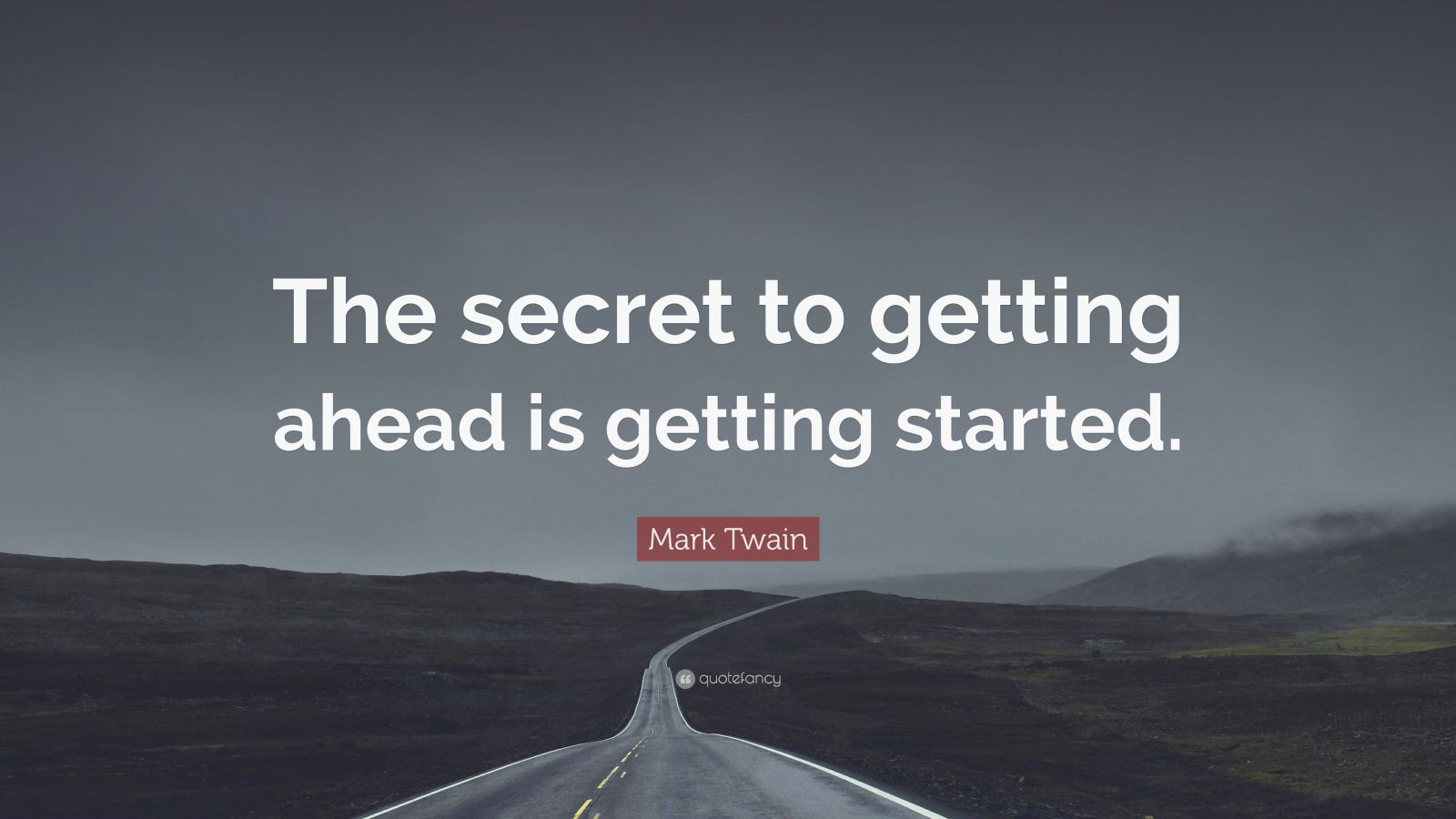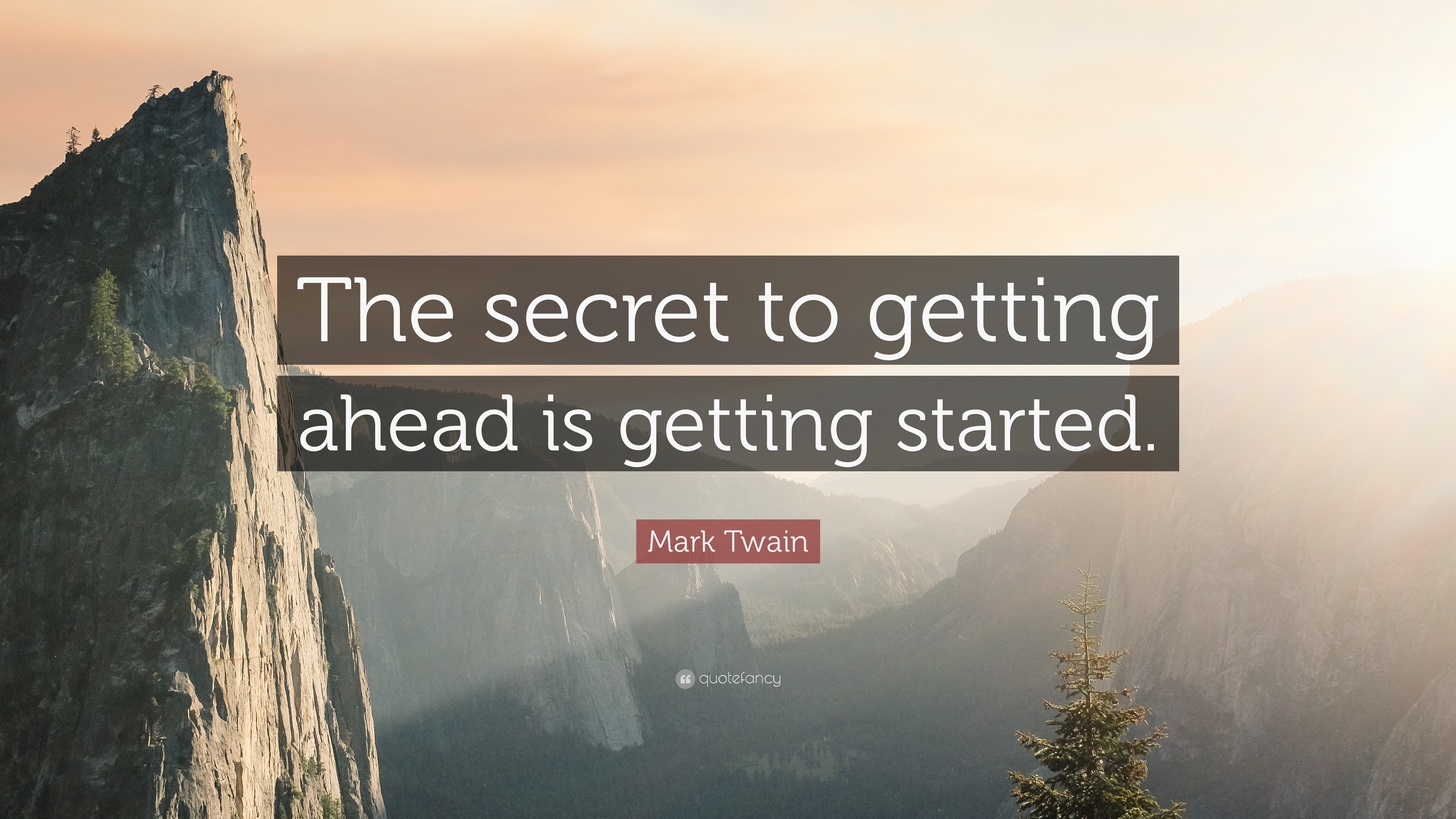

What does this representation look like? Have a look: But what’s new is that a representation of the Pullquote block is part of the content that gets stored in post_content field of the wp_posts table. That’s how things have always worked - WordPress stores post content in a designated table in the database. This isn’t anything new because of Gutenberg. When you are done creating your fancy pullquote and hit Publish, the entire post gets stored in the database in the wp_posts table. The Pullquote block that is included in WordPress Core The Settings panel to the right side of the Block Editor UI provides options for adjusting the text and setting the block’s appearance. You can click into that interface and edit the quoted text. When you open up the WordPress Block Editor and insert a block, say a Pullquote block, you get a nice interface. A block basically manifests itself in two ways: as a graphical interface in the block editor or as a chunk of data in the database.

I know this sounds pretty vague, but stay with me. The way I like to think about a block is rather abstract: to me, a block is an entity, with some properties (called attributes), that represents some content. That will definitely save us a ton of frustration later on. What blocks doīefore we dive into creating blocks, we must first get some sense of how blocks work internally. That is what WordPress block development is about (there’s also filtering core blocks to modify their functionality, but you likely won’t be needing that just yet). WordPress ships with a handful of “core” blocks for common content types, like Paragraph, List, Image, Video, and Audio, to name a few.Īpart from these core blocks, we can create custom blocks too.

Blocks are inserted into a page or post and provide the structure for a particular type of content. So, when we refer to “blocks” in this article what we mean are components for creating content in the WordPress Block Editor. And if you think calling all of this “Full-Site Editing” would solve the issue, there are concerns with that as well. To top it all off, there’s a Gutenberg plugin where experimental features are tested for possible inclusion. Since then, “Gutenberg” has been used to describe everything related to blocks, including the Block Editor and Site Editor, so it’s gotten convoluted to the extent that some folks depise the name. All of the development that went into these features leading up to WordPress 5.0 was codenamed “ Gutenberg” - you know, the inventor of the printing press. Let’s start by airing out some confusion with what we mean by terms like blocks. The Gutenberg Editor: (1) The block inserter, (2) the content area, and (3) the settings sidebarĬredit: WordPress Block Editor Handbook What are WordPress blocks, exactly? But I’m going to try and focus on it in a way that hopefully captures the essence of block development, because even though the tools might evolve over time, the core ideas are likely to remain the same. So, yes, things could very well change after this is published. In this article, I intend to help you get started with WordPress block development in a way that follows the current methodology. Times have changed since then, and, while that style of development does still work, it is not recommended anymore (besides, the create-guten-block project it’s based on is also no longer maintained).
SAMPLISM GETTING STARTED SERIES
That’s more of a statement on how fast FSE features are moving, something Geoff lamented in a recent post.Ĭase in point: In 2018, an introductory series about getting into Gutenberg development was published right here on CSS-tricks. Whether you’re new to WordPress or have worked with it for eons, the introduction of “Full-Site Editing” (FSE) features, including the Block Editor (WordPress 5.0) and the Site Editor (WordPress 5.9), have upended the traditional way we build WordPress themes and plugins.Įven though it’s been five years since we met the Block Editor for the first time, developing for it is difficult because documentation is either lacking or outdated. Let’s acknowledge that developing for WordPress is weird right now.


 0 kommentar(er)
0 kommentar(er)
